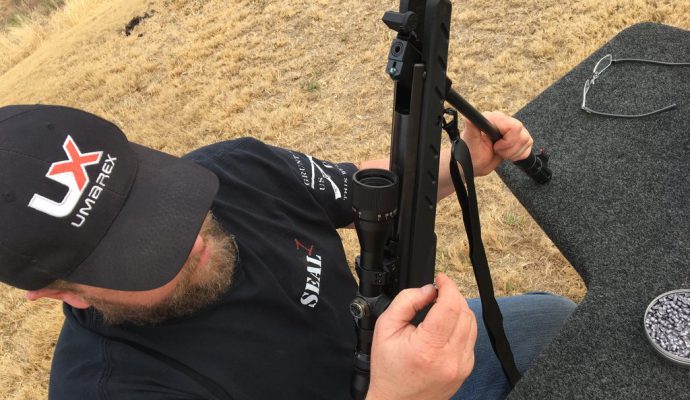Break barrel air guns have an undeserved reputation for being finicky. The mechanics of the spring inside the frame create movement that can frustrate shooters who are new to the platform. That momentum shift, though, is easy enough to understand and doesn’t have to have a negative influence on accuracy, if you follow some simple steps.
First, let’s talk about the appeal of the break barrel. These guns, with proper care, will run indefinitely. They are exceptionally useful in the field, where they don’t require any pumps or air tanks to keep running. All you need is some old-fashioned arm strength and pellets and you’re good-to-go.
1. Use the right pellets.
Many guns have a preferred pellet. Different weights perform differently down range. Some pellet shapes work better than others. There’s no good way to generalize how to select the right pellet, though I would suggest starting with a quality brand, like RWS—they even sell a sample pack to keep the cost down.
2. Give the gun a break-in period.
The tremendous forces at work inside a break barrel rifle or pistol will shake things up. While most guns are made to tight standards, a break-in period should be expected. For some guns, this is as little as 100 shots. Others may take more than 500. Take it plinking before you start measuring groups on paper. This will allow the action to settle-in, and it will get you familiar with the recoil impulse and trigger.
Read the rest: 10 Fundamentals of Break Barrel Air Gun Shooting


